After our Lawson lunch, and the street car ride, we arrive at Tenryu-ji Zen Temple:
"Tenryū-ji (天龍寺) is the head temple of the Tenryū-ji branch of the Rinzai sect of Zen Buddhism. The temple was founded by Ashikaga Takauji in 1339, primarily to venerate Gautama Buddha. As a temple related to both the Ashikaga family and Emperor Go-Daigo, the temple is held in high esteem, and is ranked first among Kyoto's so-called Five Mountains. In 1994, it was registered as a UNESCO World Heritage Site, as part of the Historic Monuments of Ancient Kyoto."
Lot's of shrines along the way...
Sōgenchi Garden, a "Special Place of Scenic Beauty"...
Touring the ceremonial rooms...
Master carpentry happened here...
....zen tree....
A Japanese graphical artist created this weird man....a painting of great monk Daruma, a symbolic character of Zen Buddhism.
"Lines and shapes are integral components of Zen gardens. They are used to create a sense of harmony and balance, as well as to guide the viewer's eye through the garden.
The use of straight lines in Zen gardens is often associated with man-made structures, such as walls and buildings. These lines can be used to create a sense of stability and order, and are often paired with curved lines to create contrast and balance.
Curved lines, on the other hand, are associated with natural elements, such as water and hills. They are often used to create a sense of movement and flow, and can be used to represent the ebb and flow of the natural world."
The use of straight lines in Zen gardens is often associated with man-made structures, such as walls and buildings. These lines can be used to create a sense of stability and order, and are often paired with curved lines to create contrast and balance.
Curved lines, on the other hand, are associated with natural elements, such as water and hills. They are often used to create a sense of movement and flow, and can be used to represent the ebb and flow of the natural world."
To the bamboo forest...
Ogura Pond
Lotus as far as the eye can see...
A septet of raccoon-dogs...
Rock trumpet (?) - a flowering vine from the New World (?)
Back to more temples...
The zen garden is more temple, than the actual small temple...
Continuing our hike...
...seeing more of those historically authentic Kyoto neighborhoods.
Won't you help a poor raccoon-dog down on their luck?
Again with the bamboo...
We subject you to the last Japanese Torii Gate we discovered....
The other side of torii...
Walking through the gate...
This is just like that U2 song - With or Without You...
Goodbye Japanese torii gate......hello thatched roof.
A bus ride back across town...
"Hongan-ji (本願寺, Temple of the Primal Vow), also archaically romanized as Hongwanji, is the collective name of the largest school of Jōdo Shinshū Buddhism (which further sub-divides into the Nishi and Higashi branches). Nishi Honganji (西本願寺) and Higashi Honganji (東本願寺) are two major temples in Kyoto.
The Hongan-ji was established as a temple in 1321, on the site of the Ōtani Mausoleum, where Shinran, the founder of the Jōdo Shinshū ("True Pure Land") was buried."
The Hongan-ji was established as a temple in 1321, on the site of the Ōtani Mausoleum, where Shinran, the founder of the Jōdo Shinshū ("True Pure Land") was buried."
Aaaaahhhhhh, dinosaurs at the temple!!!!
Our second to last brewery in Japan...
Our last conveyor belt sushi joint in Japan...
A lot of oishiness for just $49 bucks.
| "Kyoto Tower, circa 1964, is the tallest structure in Kyoto with its observation deck at 100 metres (328 ft) and its spire at 131 metres (430 ft). The 800-ton tower stands atop a 9-story building, which houses a 3-star hotel and several stores. The entire complex stands opposite Kyōto Station." | We put in a final good effort for our last tour day in Japan - about 9 miles walked. |




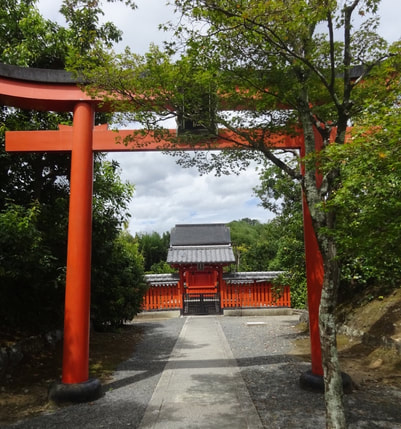























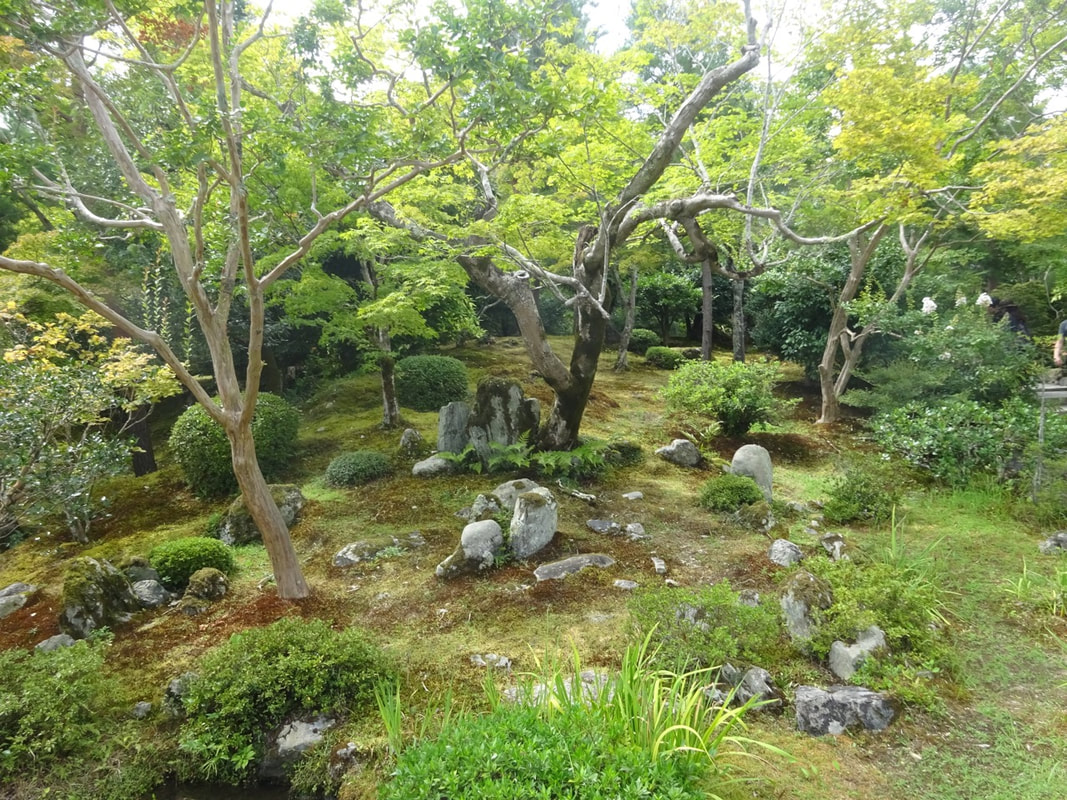
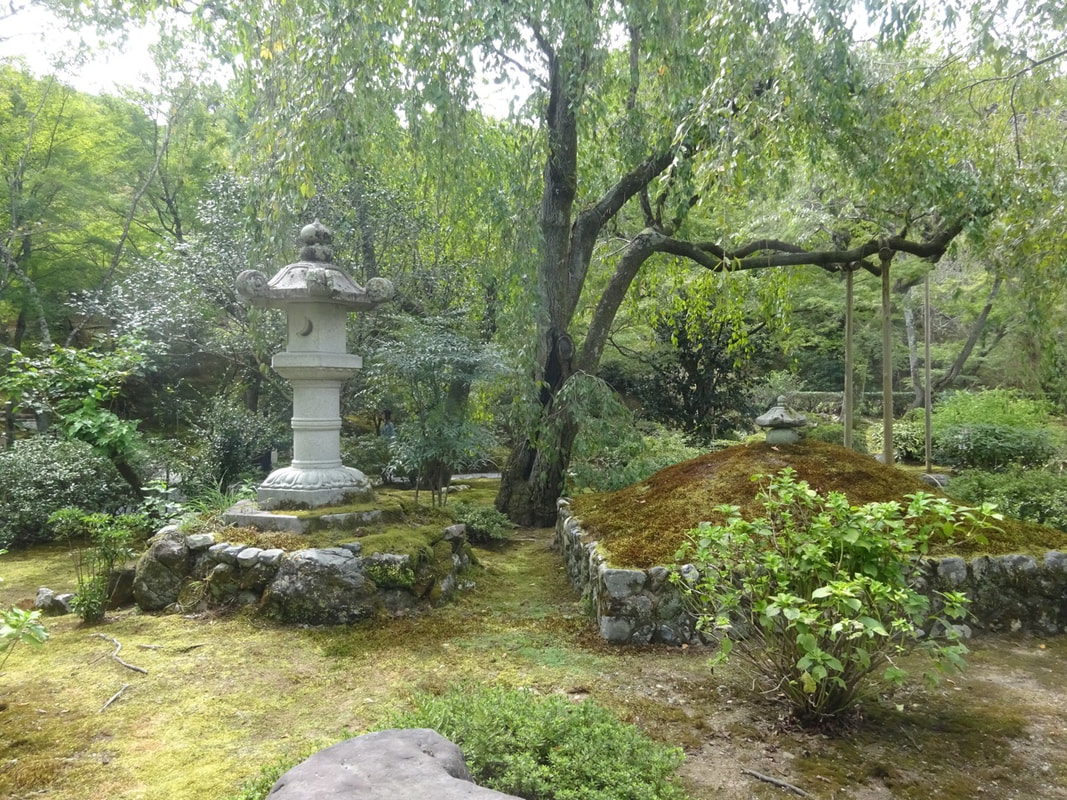
















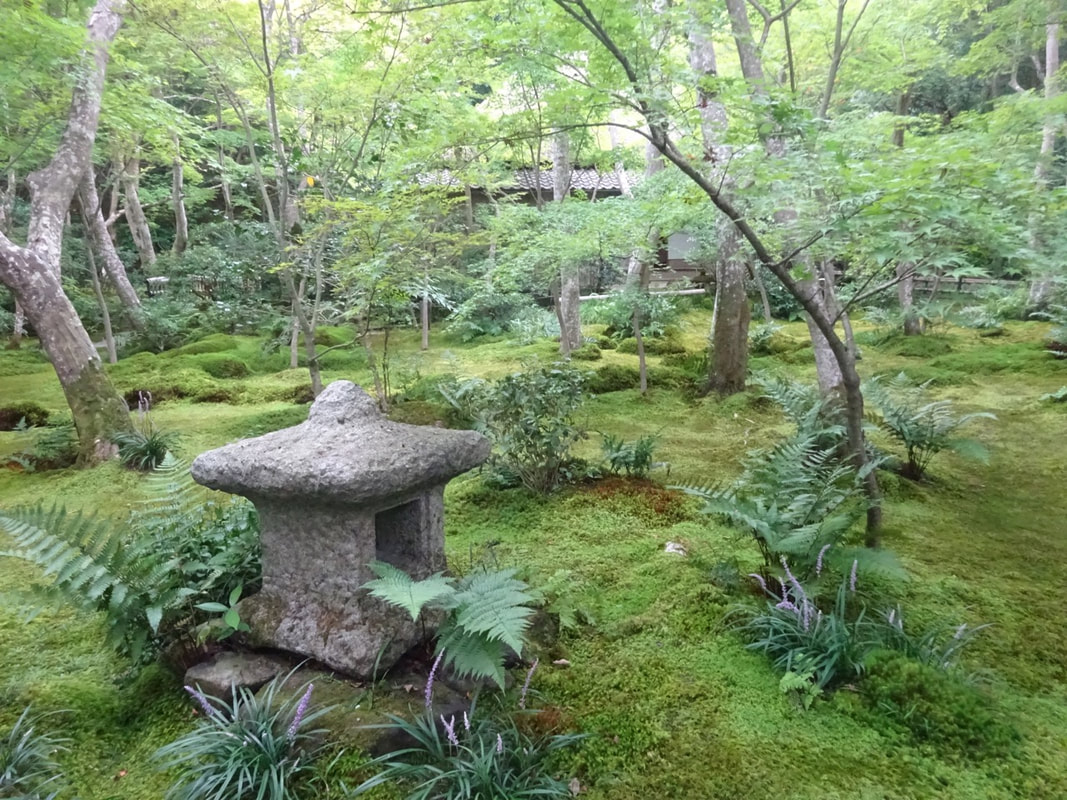









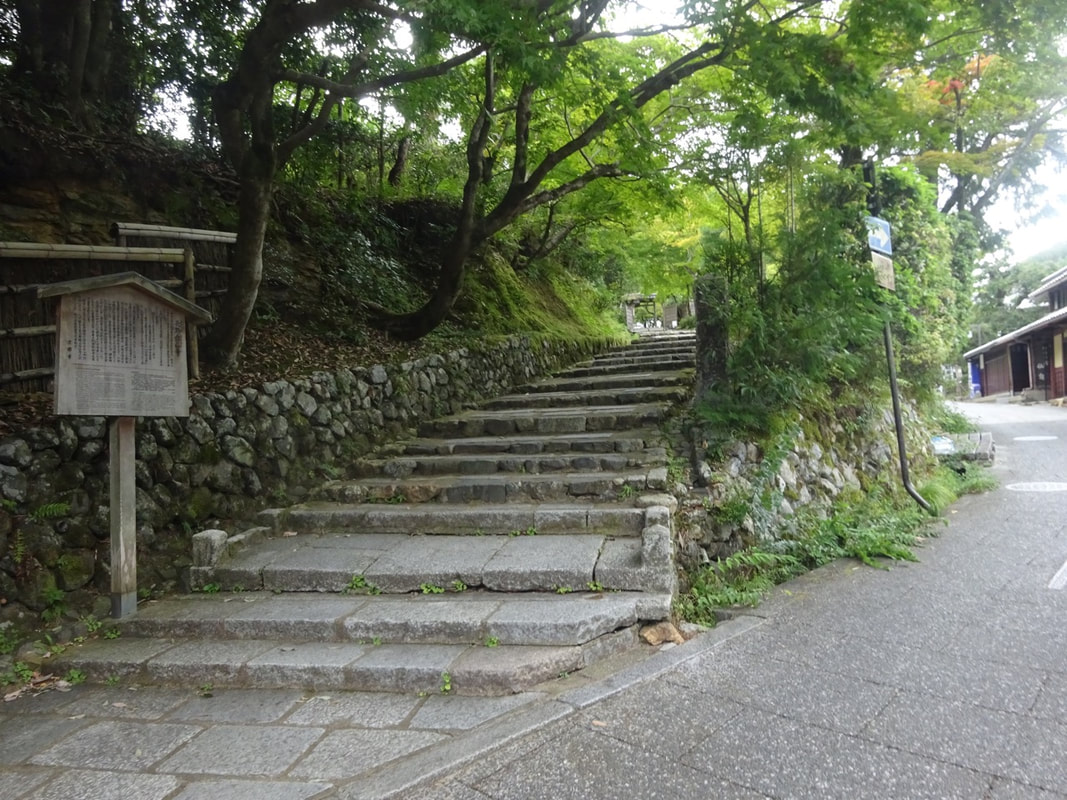




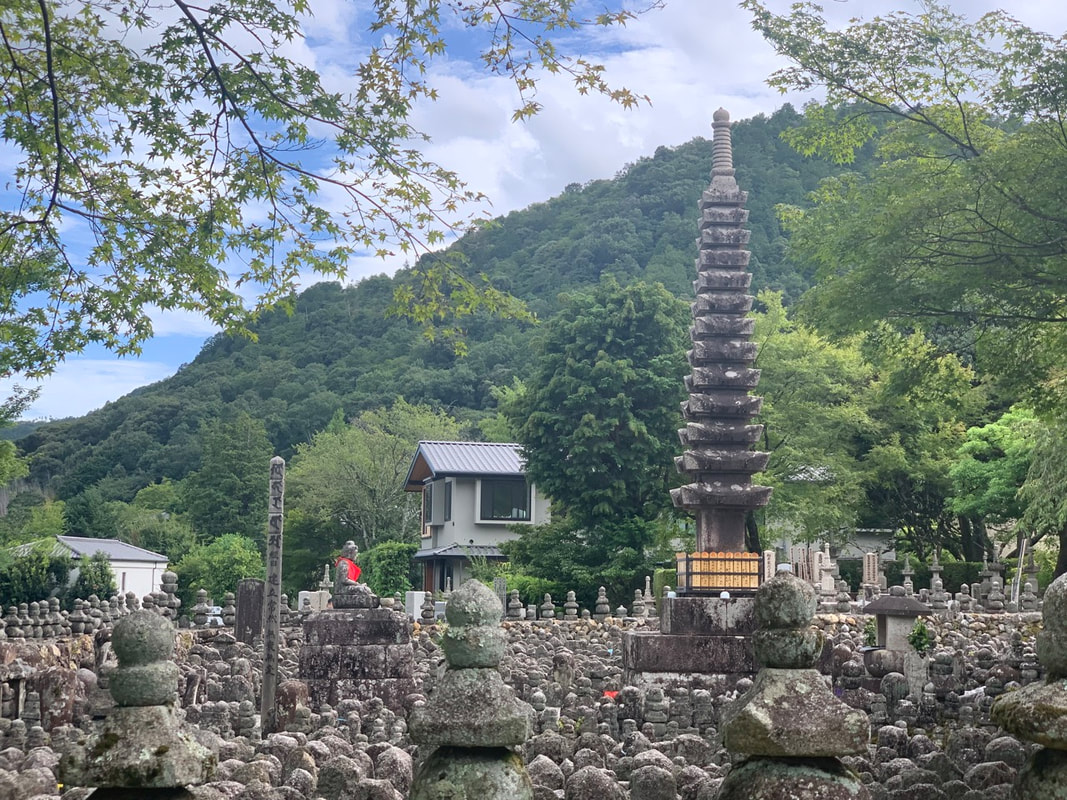



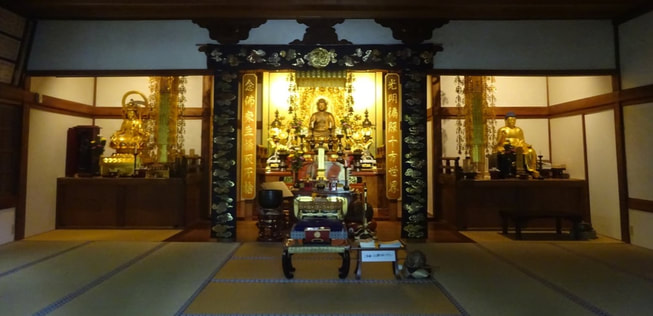








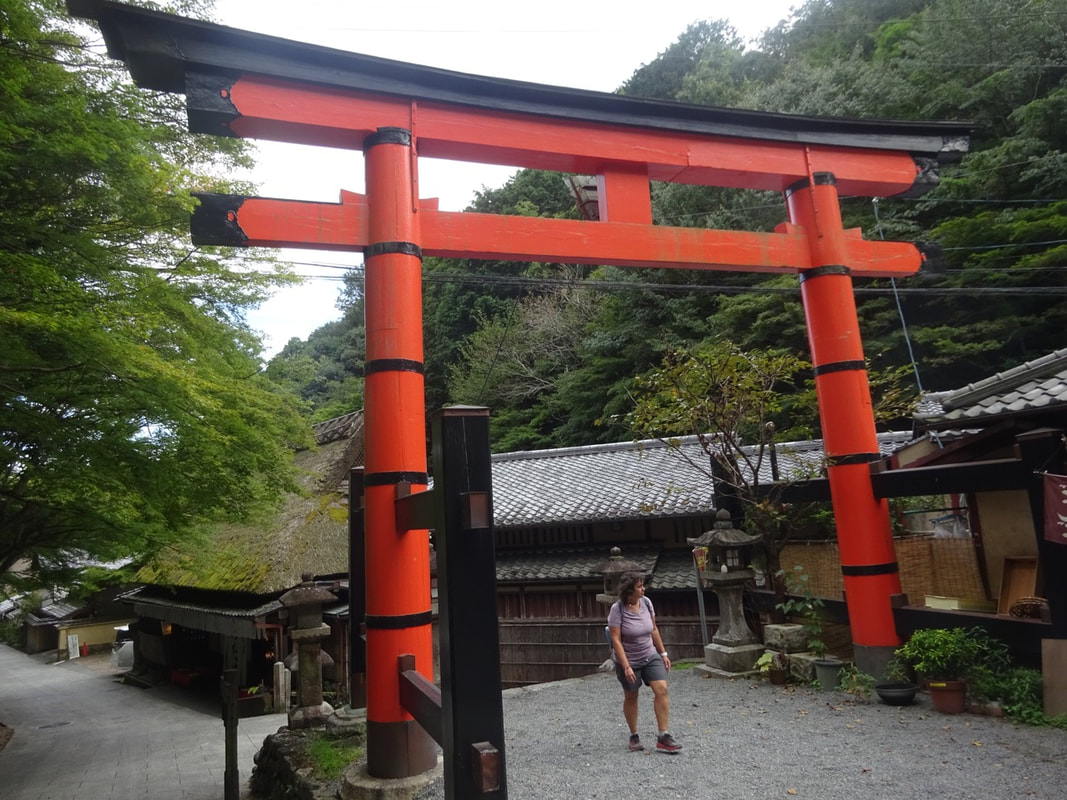

















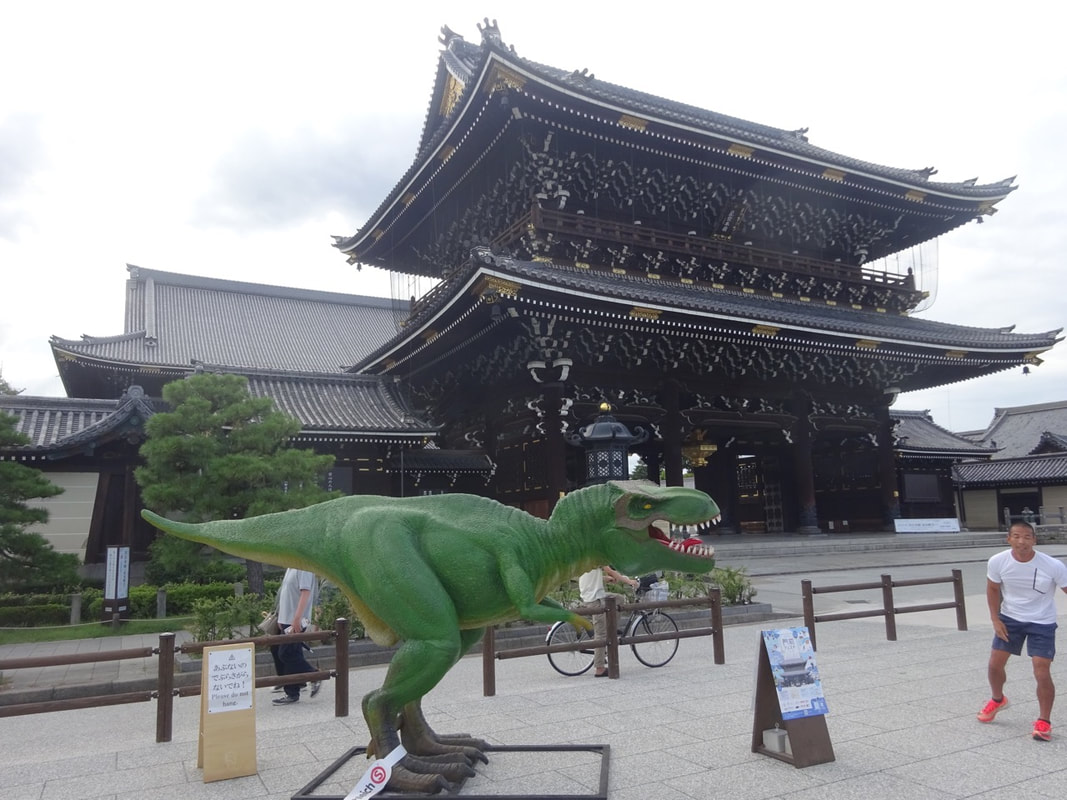



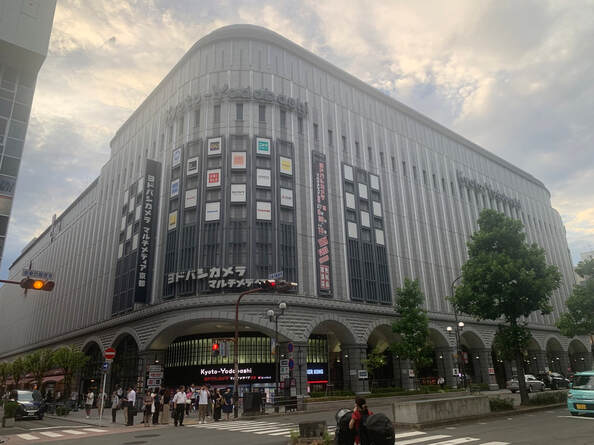








 RSS Feed
RSS Feed
